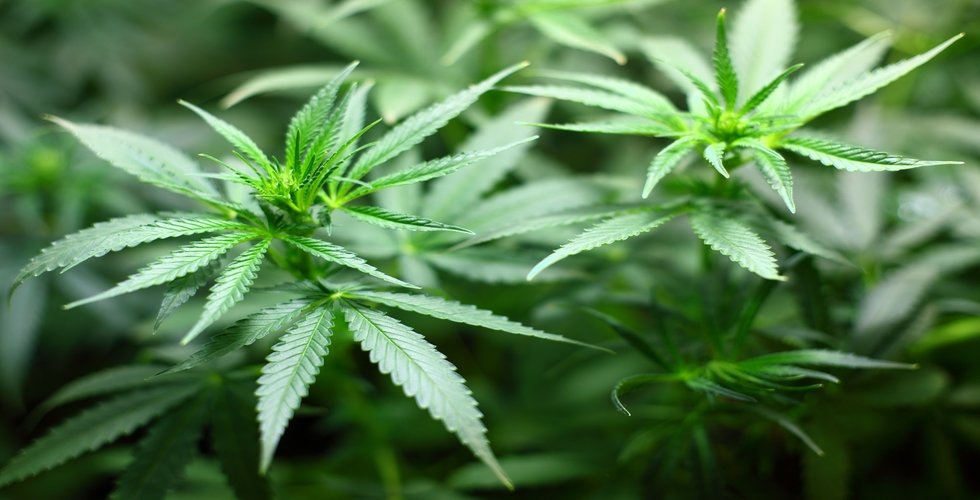Vaping has become a new trend amongst the American teenagers. All the other drug use has now declined by several folds but the incidence of vaping has seen an increment especially in the adolescent, as stated in a news report.
Monitoring the Future is a Monday morning report from the Institute for Social Research at the University of Michigan. The report from the institute claims on the basis of the annual survey of drug and alcohol use that the use of these materials has taken a peak among the eighth, tenth, and twelfth graders in the USA. This comes out with a whopping figure of 44482 students from 392 public and private schools across the state. 17.6 percent of eighth-graders, 32.3 percent of 10th-graders, and 37.3 percent of 12th-graders are reportedly involved in vaping, other than alcohol and opium use in the last year.
There are varieties of vaping; an electronic cigarette, hookah, devices to inhale aerosols, which contain a good amount of opium, marijuana, nicotine, or any flavoring substance. Amongst opium, marijuana, nicotine, and flavors, the last option is the most demanded. Most eighth graders go for it which counts to about 15.1%, followed by 10.9% of nicotine, and 4.4% marijuana. The tenth-graders have a similar incidence as eighth graders, but marijuana being vaped by 12.4%. The twelfth-graders have a rather equal distribution of vapers, 29.7% vape nicotine, 25.7 % flavoring, and about 13.1% marijuana. This raised a serious concern since 30% teenagers of age group 16-18 years are into marijuana, which is severely addictive.
In fact, the drug use is in the least in the history of a decade, stated Dr. Nora Volkow, the director of the National Institute on Drug Abuse. It is although good news that the drug use has taken a sharp decline, but the problem of an increased instance of vaping has created a new deal of problem said, Volkow. Along with this, the devices used in vaping deliver the substances directly to the brain, thus making the body even more addictive to the drugs. Whether it is nicotine, 9THC or tetrahydrocannabinol, a cannabinoid chemical in marijuana, the dependency of the body on the drugs is being made easier.
Bonnie Halpern-Felsher is a professor of pediatrics in Stanford University’s Division of Adolescent Medicine said that the MTF did not make a difference between the uses of vaping against Juuling in their survey report. So, it is difficult to say what exactly the youngsters are using.
The overall stabilization in the usage of the drugs can still be promising, but the common usage of marijuana vaping is an alarming scene. This can turn out to be an epidemic and is a real problem mentioned The Food and Drug Administration.
David Johnson is a respected writer known for his expertise in crafting compelling articles about cannabis. With a passion for exploring the intersection of cannabis, health, and wellness, he sheds light on the therapeutic properties and potential uses of this versatile plant. David’s in-depth analysis and thought-provoking commentary offer readers a deeper understanding of the evolving landscape of cannabis legislation, consumption methods, and industry trends.

















